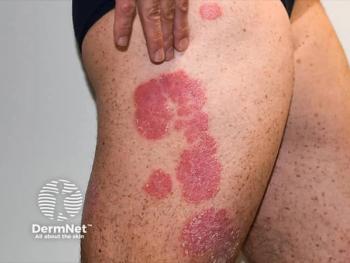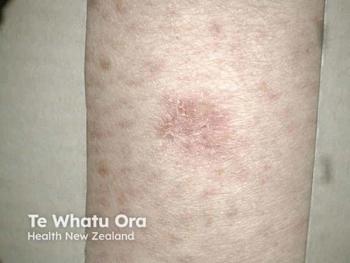
|Slideshows|September 25, 2019
Screening psoriasis patients for psoriatic arthritis
Author(s)David Ozeri, M.D.
This slideshow breaks down important considerations to keep in mind when evaluating psoriasis patient for psoriatic arthritis.
Advertisement
Studies suggest that 15% of psoriasis patients currently seeing a dermatologist have undiagnosed psoriatic arthritis. Since delayed diagnosis can lead to damaged joints, resulting in possible disability, dermatologists must keep this condition on their radar when visiting with their psoriasis patients. This slideshow breaks down important considerations to keep in mind when evaluating a patient for psoriatic arthritis.
Newsletter
Like what you’re reading? Subscribe to Dermatology Times for weekly updates on therapies, innovations, and real-world practice tips.
Advertisement
Latest CME
Advertisement
Advertisement
Trending on Dermatology Times
1
Phase 3 Data Position Zasocitinib as a Potential New Oral Option for Psoriasis
2
Highlighting Major Breakthroughs for Atopic Dermatitis and Psoriasis in 2025
3
First-in-Class Topical GT20029 Demonstrates Promising Phase 2 Efficacy and Tolerability for AGA
4
Topicals Demonstrate Targeted Control Across 3 Distinct Atopic Dermatitis Cases
5

















